Bespoken Word – How much trouble is the bike business in?
It’s no secret that the bike industry has been struggling since the Covid boom. Guy Kesteven has been talking to distributors, dealers and brands after checking the latest Bicycle Association mid year report to find out just how bad things are and what the future holds
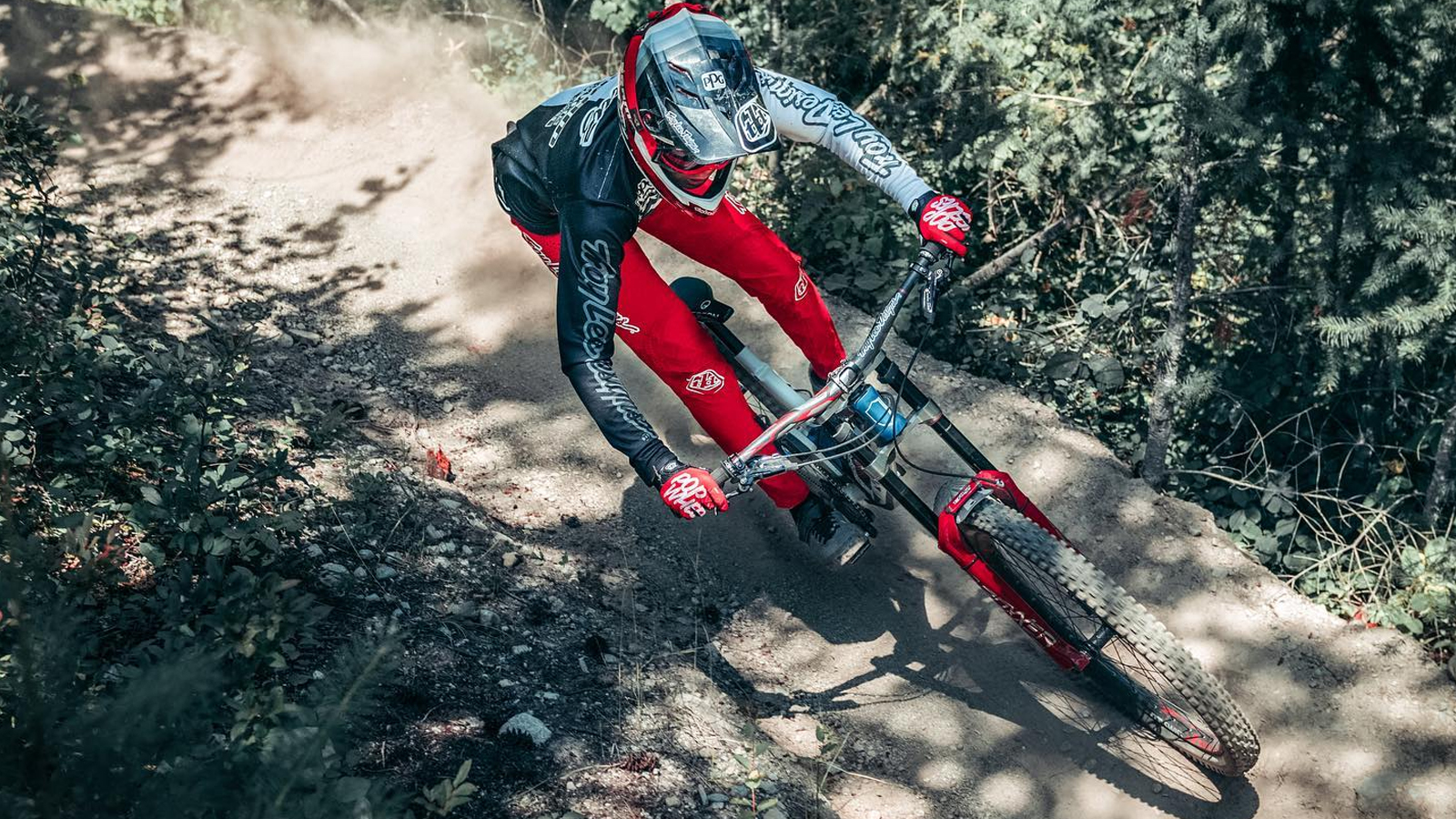
When it comes to the stinking state of the bike selling/supplying industry right now, there are all sorts of issues at play – Brexit bureaucracy and import duties, the Ukrainian war and fuel prices, Covid knock on effect shipping costs, manufacturing complications and crippling dislocation of delivery at every level from raw ore to on switches for e-bikes. But, just like the bigger economic hole we find ourselves in, let’s not be shy about another of the issues here: greed.
Back in 2019, the bike industry wasn’t in the greatest health anyway, with plenty of rumors about companies from entire bike brands to distributors and shops being on the brink of bankruptcy. A few even folded just before Covid brought the world – apart from British bike shops – to a grinding halt. For the next few months though, things went absolutely nuts. Whoever decided that bikes were an essential item certainly helped the get the UK ahead of the curve. But as other countries followed suit in letting people out for open air exercise and recreation before they could get together inside, the whole globe went bike crazy.
While some brands stayed rational in their long term view and only slightly increased their orders, others saw an opportunity. With delivery not guaranteed from normal suppliers, they over ordered from every possible source (remember all those component and bike brands you’d never heard of before that suddenly appeared on bikes or in shops) to try and capitalize on the sales boom. Venture capitalists saw the stratospheric sales figures too and threw their money into any hats that were being held out, hoping to make a short term windfall.
However, even with a large stockpile of bikes and equipment, demand rapidly outstripped supply and combined with sporadic factory closures, shipping chaos and spiraling costs etc. lead times leapt from weeks to years. Companies that held their nerve in the initial cancel fest of Covid, or had the cash to spend extra to get what they needed managed to keep a trickle of supply, but otherwise the cycle industry basically choked.
And then the coughing stopped and the world started to return to ‘new normal’. New normal definitely wasn’t old normal though. As fuel prices went through the roof, thanks mostly to the Russians, so did all other prices so most people had - and still don’t have - any cash. Plus, everyone who wanted a bike had one, so sales didn’t just flatline but started to dip significantly.
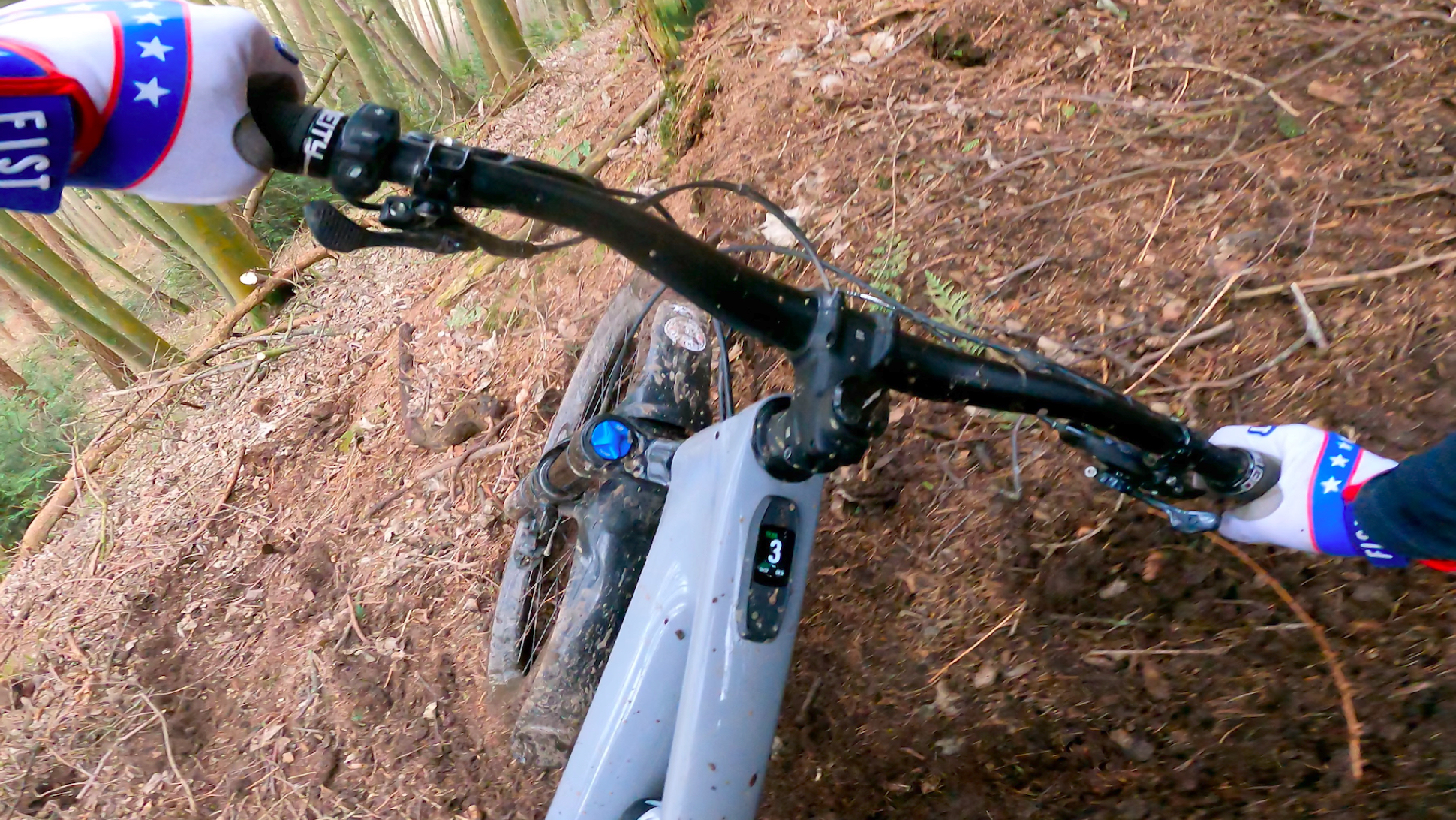
Undersold and oversupplied
You don’t have to be an economic genius to see that massive over-ordering ahead of a huge drop in demand is going to cause serious issues. That means it’s no surprise that as soon as back orders started turning up, the market started flooding with excess stock. By default, the stuff that started piling up was the outdated, unwanted or unheard of stuff that nobody wanted. That’s only got worse as rolling through ’22, most companies were starting to get the new models that had been delayed by Covid. That’s ramped up through ’23 with big changes such as SRAM’s new T-Type Transmission which was different enough to potentially make older SRAM equipped bikes obsolete when it appeared this summer.
That’s complicated by the fact that there are still major problems with supply of some components. China is still struggling with Covid and industrial energy issues shutting factories, other manufacturers are still trying to unravel production systems that got overloaded and crashed during the peak of demand. That's created random chaos to the point of some right hand brakes being available from stock, but matching left hand sets being unavailable for months with no delivery dates available. Not ideal when that left hand lever is the only thing stopping bikes being stuck in a box and shipped off to sell. That’s led to some shops I’ve spoken to having customers waiting for bikes they’ve ordered for over nine months with no sign of any resolution in the near future. To put some numbers to that the Accell group (which includes Haibike, Ghost, Lapierre, Raleigh and others) currently have seen their unsold stock levels increase by 70 percent. That’s €936 million of unsold gear, compared to their usual pre-pandemic figure of €300-350 million.
Even old bikes and components supplied for partially completed bikes need paying for though, so as soon as sales were obviously stagnating companies started introducing major discounts to try and get some cashflow. Bike companies offered long credit terms which had the double win for them of loading up shops and blocking out other brands while saving them warehouse storage costs. Boutique brands that never had to yard sale went from 10 to 20 to 40 percent off or even more on some models, and soon direct sell brands were discounting across the board. Distributor collapses like Moore Large triggering liquidation auctions that have been going on for months have put even more pressure on pricing, and we’re likely to see more of those before things start leveling out.
Talking to one bike importer I know, he’s got dealers telling him not to even bother contacting them if they can’t offer 30 percent margin. That’s significantly more than the margin that they break even at and they’re a premium brand who normally see bikes going straight from containers to shops before they even get a chance to rack them up in the warehouse. No surprise then that after a record year in 2020, they’ve had to make painful redundancies and significant spending cut backs this summer.
It’s the same story right across the board, from manufacturers having brands defaulting on payments, to shops selling whatever they have for a loss just to get enough cash to keep the lights on and wages paid for another week. The fact that the weather this summer has mirrored the bike trade in terms of dark days compared to the endless sun of last year and 2020 definitely hasn’t helped either.
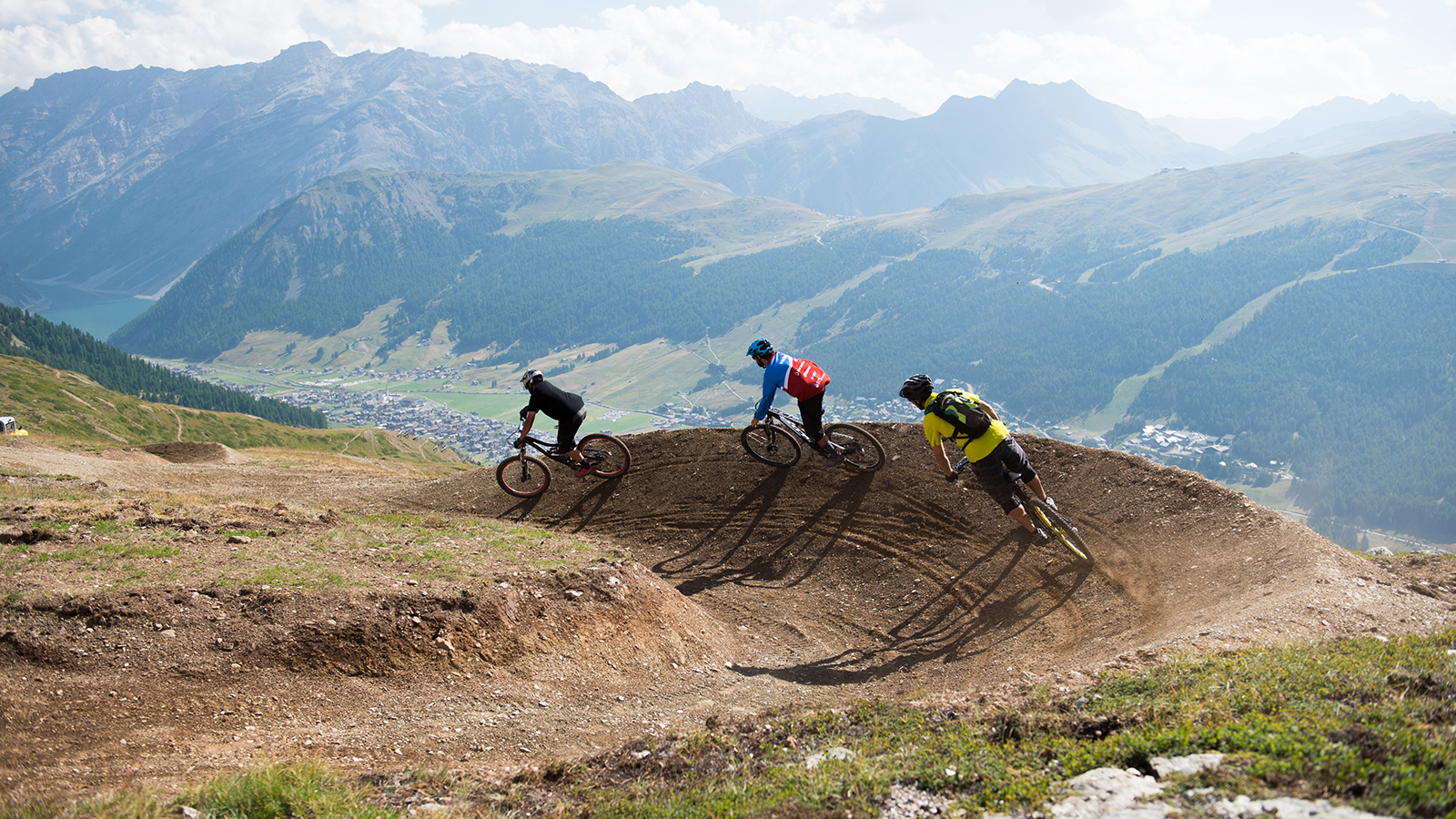
So just how bad is it?
Using the (UK) Bicycle Association’s regular market reports as a guide the downturn in bike sales is clear. While overall sales in the first half of 2022 were 17 percent higher than the first half of 2019, they were down 25 percent on the same period in 2021. Things were looking more worrying by the end of the year as overall bike sales dropped to their lowest level in two decades. E-bikes and gravel bike sales were still growing as a proportion of the market but analogue bike sales were down 27 percent on 2019. The latest report released this week shows sales have dropped another 8 percent on last year with e-bike sales down 12 percent. In terms of actual cash that’s a slump from £1.9 billion in 2019 to a projected £1.57 billion for 2023 year end. It’s not just bike sales either, bike clothing sales are down 15 percent and ‘technology’ which includes “lock down must have” indoor trainers has tanked by 34 percent.
Is there any good news for the industry?
While massive discounts that mean selling stock below cost are bad news for bike shops, distributors and brands, low prices are obviously a short term win for customers. 50 percent or more off prices are especially welcome when the when costs of other items continue to go through the roof. That makes the current situation a real buyers market and reverses the situation a couple of years ago when places that had stock of even basic stuff like chains could pretty much name their price, and even second hand cassettes could cost a couple of hundred quid. That’s not going to change anytime soon either, as everyone from vendors with unsold frames in Taiwan to local bike shops potentially having to take the ‘some money is better than none' approach.
Not every brand/distributor/shop is in dire straits though. Some are strong enough – whether that’s in terms of innovative product or great customer service – to have bucked the trend. Some are savvy enough to have not got greedy and over-ordered in Covid, but to have salted savings away to get them through the inevitable downturn. While it’s a more pronounced boom and bust cycle than before, it’s not the first time a lot of industry players have been through lean times and learned how to survive.
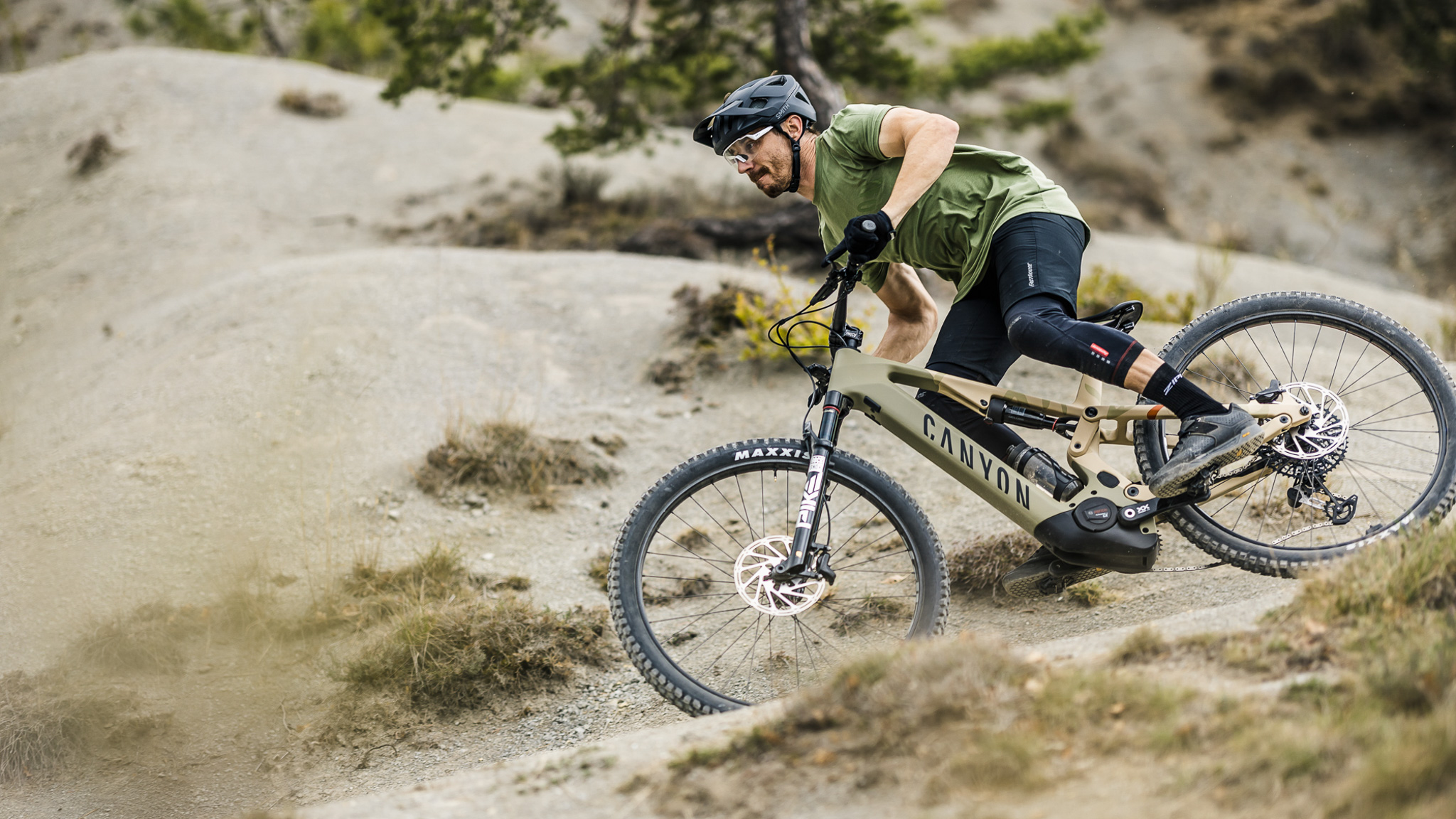
So, what happens next?
While sales are down, actual bike ownership and usage is significantly up post Covid, and off road bike sales – particularly gravel and e-MTB – are the strongest sector even in a receding market. That means in the long run, more people are going to be riding and need bikes servicing, refreshing with spares and eventually replacing. If any government actually follows through on it’s claims to make provision better for cycling and capitalise on the massive mental, health and economic positives it can bring, we’ll hopefully see even more people on bikes.
The strongest, smartest brands/shops who’ve got the reserves to survive, or give customers the reasons to pick them are still going to be around to make the most of that bigger market too. We’ve definitely not seen the bottom of the curve in terms of who makes it and who doesn’t though and I reckon we’ll lose some significant brands everywhere from suppliers to independent and chain stores as well as direct sell internet outfits.
Part of the survival process will almost certainly mean a reduction of ranges to the most popular options, which we’re already seeing from brands like Focus in terms of spec, plus Trek, Whyte and others in terms of sizing. We’re going to see a lot more brands going direct to consumer, or at least cutting out distributors to deal directly with larger shops because that’s an easy way to cut a sizeable amount of added spend out of the equation. While I’m going to talk about that separately, cuts across the bike industry also mean cuts across the related media, athlete, advocacy and event sponsorship landscape too.
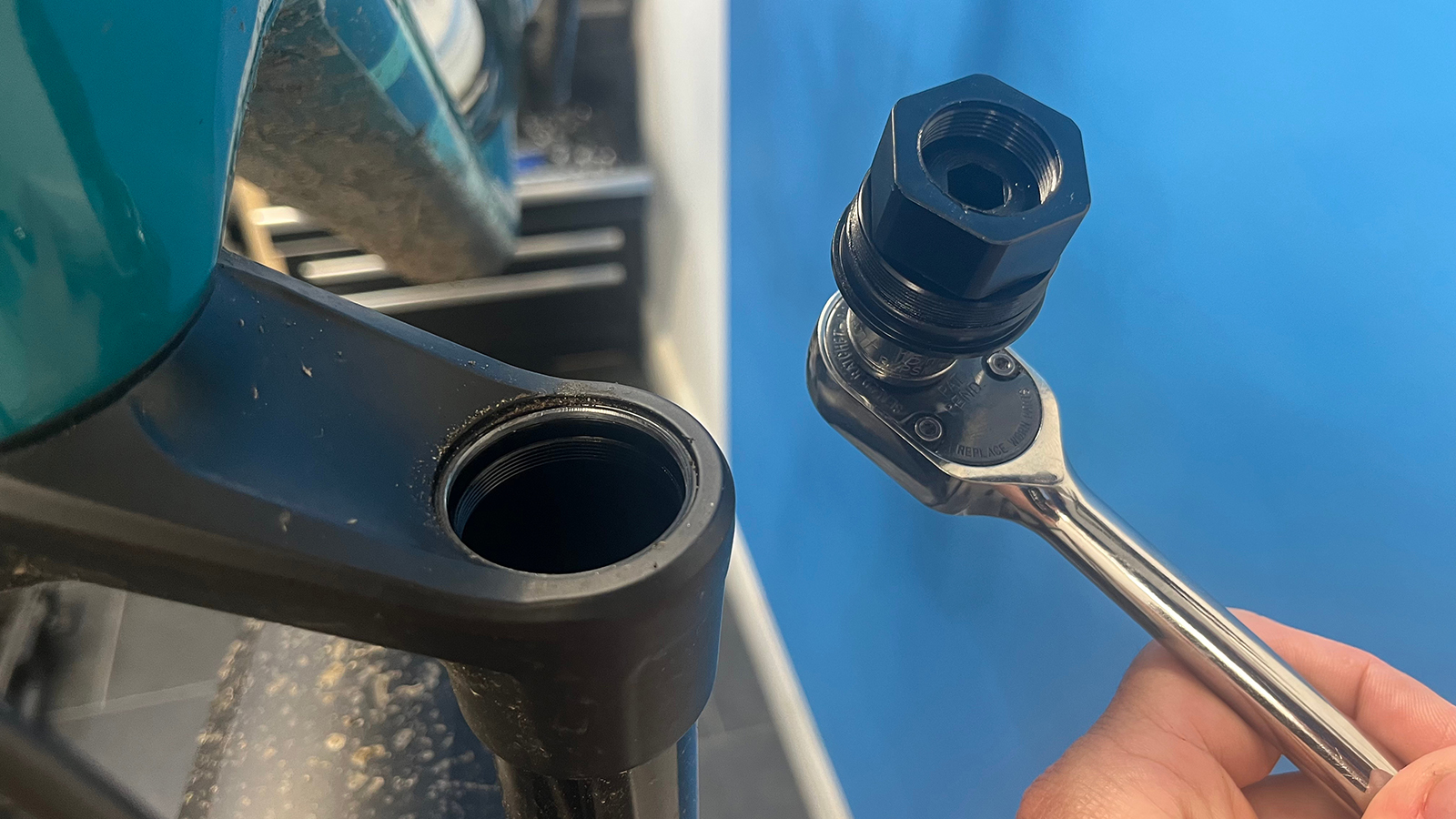
Creating the future you want
Finally, although businesses being savvy obviously plays a big part in keeping them alive we can also influence who survives and who doesn't individually, like Roman Emperor in our own consumer colosseum. So if you want your local shop to still be there when you need it for an emergency repair, don’t ask them to price match an online closing down sale. If there’s an innovative brand who’ve clearly worked hard to push technology in a direction that works for you, give them your cash rather than a saving a few percent with a copy cat product. If there’s a magazine or website you rely on for trusted reviews, interesting features or inspiration to ride, then subscribe before they end up vanishing from the newsstands or your ‘watch next’ feed.

Guy Kesteven has been working on Bike Perfect since its launch in 2019. He started writing and testing for bike mags in 1996. Since then he’s written several million words about several thousand test bikes and a ridiculous amount of riding gear. He’s also penned a handful of bike-related books and he reviews MTBs over on YouTube.
Current rides: Cervelo ZFS-5, Specialized Chisel, custom Nicolai enduro tandem, Landescape/Swallow custom gravel tandem
Height: 180cm
Weight: 69kg
